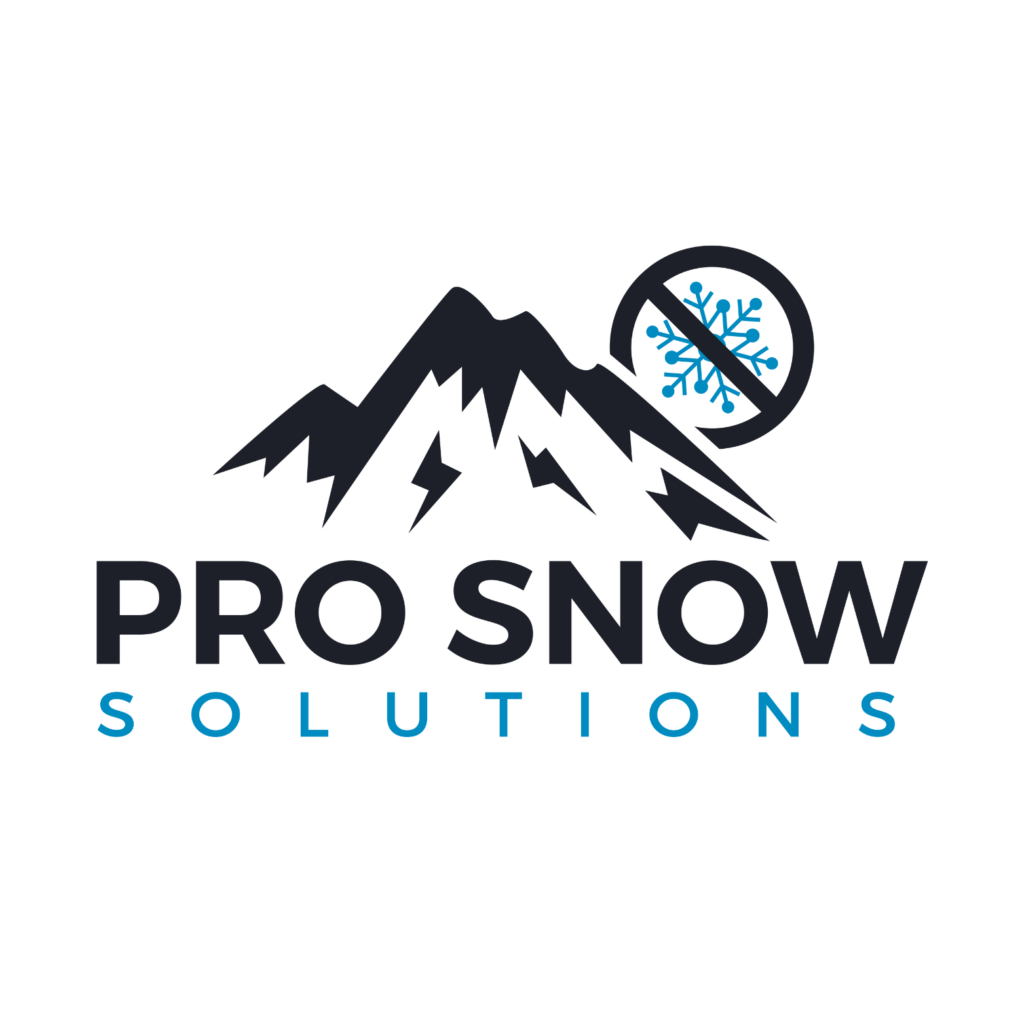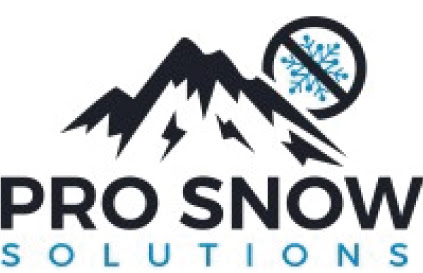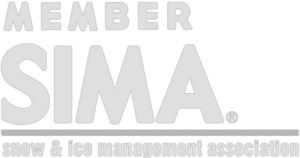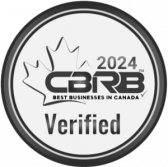Snow Removal in the Fraser Valley: Ensuring Safe and Efficient Winter Operations

Snow Removal in the Fraser Valley: Ensuring Safe and Efficient Winter Operations
The Fraser Valley, located in British Columbia, Canada, is a region that experiences a moderate climate, with temperatures that range from mild to cold during the winter months. As a result, residents and businesses in the area are faced with the challenge of managing snow and ice accumulations during the winter season. The responsibility of snow removal falls on the shoulders of local governments and property owners, who must ensure that sidewalks, driveways, and roads are cleared of snow and ice to maintain public safety and accessibility.
Snow removal in the Fraser Valley is a complex and multi-faceted task that requires proper planning, equipment, and manpower to carry out effectively. It is crucial for property owners, municipalities, and contractors to adopt best practices and efficient methods to minimize the impact of snow and ice on the community. In this article, we will explore the various aspects of snow removal in the Fraser Valley, including equipment, safety, and best practices.
Equipment for Snow Removal in the Fraser Valley
The selection of the right equipment is crucial to the success of any snow removal operation. There are several types of equipment available for snow removal, including snow blowers, snow plows, snow shovels, and salt spreaders. Snow blowers are ideal for clearing small areas, such as sidewalks, driveways, and patios, while snow plows are best for large areas, such as roads and parking lots. Snow shovels are best for manual snow removal, while salt spreaders are used to melt ice and prevent it from refreezing.
In the Fraser Valley, snow plows are the most commonly used equipment for removing snow from roads and highways. These plows are equipped with blades that can be adjusted to different angles to clear snow efficiently and effectively. Snow plows can be mounted on trucks, tractors, or other vehicles and are equipped with hydraulic systems that allow the operator to control the plow from the cab.
Salt spreaders are also commonly used in the Fraser Valley to treat roads and sidewalks to prevent ice from forming. The spreaders can be attached to trucks, tractors, or other vehicles, and the salt is spread evenly over the surface to melt the ice.
Safety Considerations for Snow Removal in the Fraser Valley
Snow removal is a hazardous task that requires careful attention to safety. The most significant safety concern is the possibility of injury from slipping and falling on snow and ice. Property owners and snow removal contractors must ensure that sidewalks, driveways, and roads are cleared of snow and ice to prevent accidents and injuries.
In addition, snow removal equipment can also pose a risk to the operator and others in the vicinity. Snow blowers and snow plows can cause injury if they are not operated properly, and salt spreaders can cause harm if the salt comes into contact with skin or eyes.
To minimize the risk of injury during snow removal operations, property owners and snow removal contractors must follow the manufacturer’s instructions for operating equipment and wearing protective gear, such as gloves, safety glasses, and hard hats. In addition, it is important to be mindful of the weather conditions, such as wind, visibility, and temperature, and to adjust snow removal operations accordingly.
Best Practices for Snow Removal in the Fraser Valley
Effective snow removal in the Fraser Valley requires a combination of planning, preparation, and best practices. Some of the best practices for snow removal in the Fraser Valley include:
Prioritizing safety: The safety of both workers and the public should be the top priority during snow removal operations. Adequate protective gear, such as snow removal suits, gloves, boots, and helmets, should be worn by workers to reduce the risk of injury. Additionally, proper training and safety protocols should be in place to prevent accidents and minimize the risk of injury.
Developing a plan: Snow removal operations in the Fraser Valley should be based on a comprehensive plan that takes into account the type of snow, the amount of snow expected, and the timing of the storm. This plan should include strategies for removing snow from roads, sidewalks, and other areas, as well as the type of equipment and personnel needed for each task.
Using the right equipment: Snow removal in the Fraser Valley requires specialized equipment, such as snowplows, snow blowers, and snow throwers, to effectively remove snow and ice from roads and sidewalks. The type of equipment needed will depend on the size and location of the area to be cleared, as well as the type of snow expected.
Clearing sidewalks: Sidewalks are an important part of the public transportation network and must be cleared promptly to ensure that pedestrians can safely walk to and from their destinations. The snow should be removed to a width of at least 1.2 meters to accommodate people with mobility devices.
Clearing roads: Clearing roads of snow and ice is critical for the safety and mobility of vehicles, as well as emergency response vehicles. Roads should be cleared as quickly as possible after a snowfall, and the snow should be pushed to the side of the road, rather than onto private property.
Keeping sidewalks and roads salted: To prevent the formation of ice on sidewalks and roads, it is important to keep them salted. Salt lowers the freezing point of water, preventing it from turning into ice, and making it easier to remove snow and ice.
Monitoring weather conditions: Weather conditions in the Fraser Valley can change quickly, and snow removal crews should be prepared to respond to any changes in the weather. This may involve adjusting snow removal plans, rescheduling work, or deploying additional resources as needed.
Coordinating with other agencies: Snow removal in the Fraser Valley often involves multiple agencies, including local government, public works, and private contractors. Effective snow removal requires coordination between these agencies to ensure that snow is removed from roads, sidewalks, and other areas in a timely and efficient manner.
Maintaining equipment: Snow removal equipment must be maintained in good working order to ensure that it is ready for use when needed. This may involve regular cleaning and maintenance, as well as repairs and replacements as needed.
Evaluating and improving processes: Snow removal operations in the Fraser Valley should be regularly evaluated to identify areas for improvement. This may involve modifying snow removal plans, updating equipment, or changing the way that snow is removed from roads, sidewalks, and other areas.
In conclusion, snow removal in the Fraser Valley is a complex task that requires proper planning, equipment, and manpower to ensure safe and efficient winter operations. The responsibility of snow removal falls on local governments and property owners who must clear sidewalks, driveways, and roads of snow and ice to maintain public safety and accessibility. The selection of the right equipment, such as snow plows, snow blowers, and salt spreaders, is crucial to the success of any snow removal operation. The safety of workers and the public must be the top priority during snow removal operations and requires the use of protective gear, proper training, and following safety protocols. Effective snow removal in the Fraser Valley requires a combination of best practices, such as prioritizing safety, developing a plan, using the right equipment, clearing sidewalks and roads, keeping them salted, monitoring weather conditions, and coordinating with other agencies.








